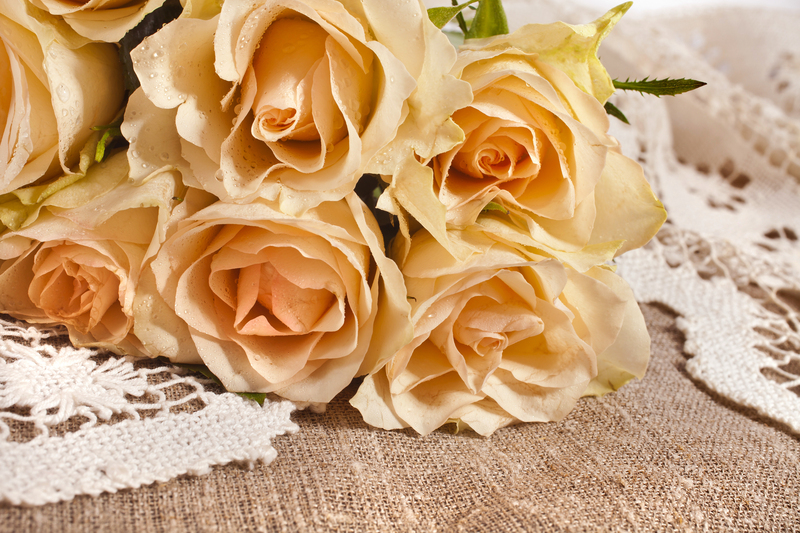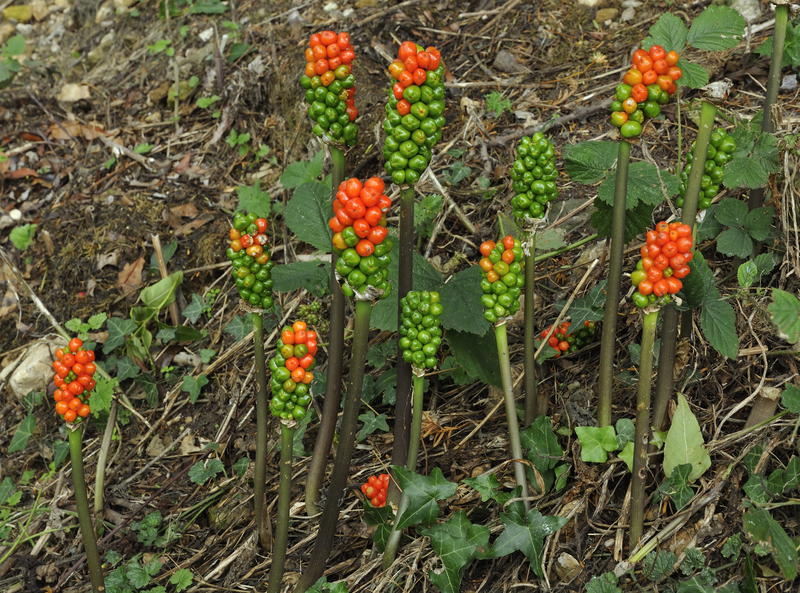Mulching Over Stumps for a Seamless Lawn Makeover: The Ultimate Guide
Are you struggling with unsightly tree stumps ruining your dream of a perfectly smooth, green lawn? Mulching over stumps is an innovative and practical solution that allows you to transform your outdoor space seamlessly. Whether you've recently removed a tree or inherited stumps from previous landscaping efforts, this comprehensive guide will walk you through how to mulch over stumps for a flawless lawn makeover.

Why Choose Mulching as a Stump Solution?
Tree stumps can be a challenging problem. They're often hard to remove, expensive to grind, and can create hazardous or unattractive areas on your property. Mulching over a stump offers a straightforward, cost-effective way to reclaim your lawn's beauty and functionality.
Benefits of Mulching Over Tree Stumps
- Cost-effective: Eliminates the need for pricey stump grinding or removal services.
- Improved aesthetics: Quickly covers up an eyesore, blending seamlessly with your lawn or garden beds.
- Soil enrichment: Organic mulch breaks down over time, enriching the soil and aiding stump decomposition.
- Eco-friendly: No chemicals, digging, or burning is required--just natural materials.
- Weed suppression: Proper mulching prevents weed growth around the stump area.
- Safety: Eliminate tripping hazards, especially for active households or public landscapes.
Understanding the Mulching Process
Before plunging into the project, it's vital to understand what mulching over stumps entails and how it works. By using a thick layer of organic or inorganic materials, you can cover the stump, conceal it from view, suppress weeds, and speed up natural decomposition beneath the surface. This technique is perfect for those looking for a low-maintenance, environmentally friendly solution that harmonizes with your lawn makeover goals.
Is Mulching Over Stumps Right for Your Yard?
- If the stump is flush with the soil or only slightly above ground, mulching is ideal.
- It works best if you can cut the stump as close to the ground as possible.
- For stumps that are still high or have roots protruding, some additional preparation may be needed.
Step-by-Step: How to Mulch Over a Lawn Stump
1. Prepare the Stump
- Cut the stump low: Use a chainsaw or handsaw to cut the stump as close to ground level as safely possible.
- Remove debris: Clear away any loose bark, stones, or growth around the stump to create a tidy workspace.
- Optional - Drill holes: For faster decomposition, use a drill with a large bit to make several holes in the stump surface. This allows moisture and organisms to penetrate more easily.
2. Choose Your Mulch Material
Your choice of mulch can have a profound impact on the results. Here are some popular options:
- Bark or wood chips: Excellent for organic mulching over stumps. They will gradually break down, feeding the soil and the decaying stump.
- Compost: Speeds up decomposition and improves soil quality.
- Pine needles or leaf litter: These provide gentle coverage and are ideal for naturalized areas.
- Gravel or stone: For a more permanent, low-maintenance look, especially in garden paths or xeriscapes, inorganic mulches can work well, but won't aid stump decay.
3. Apply the Mulch
- Lay a weed barrier: To further suppress weeds, consider a layer of cardboard, newspaper, or a commercially available weed barrier over the stump and surrounding area.
- Spread mulch deeply: Apply your chosen mulch material in a thick layer--ideally 4 to 6 inches deep--directly over the stump and the adjacent ground.
- Feather the edges: Taper the edges of the mulch into the existing lawn, flower bed, or landscape. This creates a natural, seamless look.
4. Maintain and Monitor
- Replenish as needed: Over time, organic mulches will decompose and break down. Reapply as necessary to keep the area looking fresh and smooth.
- Check for sinking: As the stump decomposes, the area may sink. Simply add more mulch to keep it level with the rest of your lawn or garden.
- Monitor moisture: Mulch can retain moisture--good for stump decay, but be aware of potential overwet spots in heavy rain.
Best Practices for a Seamless, Natural-Looking Lawn
To ensure your lawn makeover appears flawless, keep these tips in mind:
- Blend mulch color and texture: Choose a mulch similar to what's already used in your landscape.
- Avoid volcano mulching: Do not pile mulch in a high mound. Instead, keep it level for a more uniform look and better root health if you later plant over the spot.
- Planting options: Consider planting shallow-rooted perennials, groundcovers, or shrubs in the mulched area to further disguise the former stump and speed up natural integration.
Transform your lawn with these expert mulching tips and techniques!
Mulching Over Stumps vs. Stump Grinding or Removal
Homeowners often debate whether to grind down a stump, remove it entirely, or conceal it with mulch. Here's a comparison to help you decide:
- Stump Grinding: Removes most of the stump below ground, but is expensive and may require replanting or reseeding.
- Stump Removal: Entirely eliminates the stump and roots, but causes significant lawn disruption and often leaves a large hole.
- Mulching Over the Stump: Simple, low-cost, and immediately restores lawn aesthetics. While the stump will remain and decay slowly, it requires minimal effort and integrates neatly with the rest of your landscaping.
When is Mulching the Best Choice?
- When you want a quick visual improvement.
- If budget or heavy equipment is a concern.
- For small to medium stumps in non-critical lawn areas.
- If you prefer a low-maintenance, eco-friendly solution.
Common Challenges and Solutions for Mulching Over Tree Stumps
1. Settling Areas
As the stump and roots slowly decay beneath the mulch, you may notice slight dips or uneven patches. Simply add more mulch to level the spot as needed. Regular top-ups will ensure your transformed lawn remains smooth and attractive.
2. Pest Management
Some mulches can attract insects or rodents. To minimize issues:
- Avoid layering mulch too deeply close to your home's foundation.
- Consider using hardwood chips, which deter some pests.
- Monitor regularly for signs of termites or ants and address problems quickly.
3. Weed Growth
A properly installed weed barrier under the mulch greatly reduces weed problems, but persistent types may emerge. Spot-weed by hand or with safe, eco-friendly methods to keep your mulch area tidy.
4. Decomposition Odors
As organic mulch and stumps break down, some mild odors are possible. Ensure proper drainage and avoid waterlogging, which can magnify unpleasant smells.
Environmental and Soil Health Benefits
Mulching over stumps doesn't just look good--it's also beneficial for the environment and your yard's ecosystem:
- Encourages beneficial microbial activity: Decomposing organic matter feeds microbes and fungi, promoting healthy soil.
- Retains soil moisture: Acts as an insulating layer, stabilizing root temperatures and reducing evaporation.
- Reduces erosion: Mulch holds soil in place on slopes or in heavy rain.
- Supports wildlife: Certain mulches provide a habitat for pollinators and soil organisms.
Frequently Asked Questions About Mulching Over Stumps
Can I plant grass or flowers over a mulched stump?
While replanting grass may be challenging until the stump decomposes completely, you can plant shallow-rooted flowers, perennials, or even a groundcover layer in the mulched area to enhance aesthetics and further disguise the spot.
How long does it take for a stump to decompose under mulch?
This depends on the type of stump, its size, and local climate. On average, stumps may take 3-7 years to break down when covered with mulch, but the area remains visually appealing throughout.
Are there any safety concerns with mulching over stumps?
As long as you keep the mulch layer level and don't create a hidden tripping hazard, it's very safe. Always alert others if the area is freshly mulched and avoid using excessively thick layers, which could conceal unevenness.
Is it possible to use landscape fabric instead of cardboard as a weed barrier?
Yes, landscape fabric is durable and effective, but cardboard is readily available, biodegradable, and eco-friendly, making it a favorite for many gardeners undertaking a lawn makeover.

Final Thoughts on Achieving a Flawless Lawn with Mulched Stump Coverage
Don't let old tree stumps stop you from having the picturesque lawn you desire! Mulching over tree stumps offers a quick, budget-friendly, and eco-conscious alternative to traditional removal methods. With proper preparation, a selection of the right mulch materials, and a touch of regular maintenance, you can enjoy a smooth, unified, and low-maintenance outdoor space.
Transform your landscape, enrich your soil, and create that stunning, seamless look--all by covering up those persistent stumps with beautifully chosen mulch. The process is environmentally friendly, cost-effective, and empowers homeowners to achieve their landscaping dreams with ease.
Take Action Today for a Seamless Lawn Makeover!
Ready for your own mulched stump makeover? Gather your materials, set aside an afternoon, and enjoy a smoother, greener lawn in no time. Whether you're prepping for a backyard gathering or simply craving more curb appeal, mulching over stumps is the smart, sustainable way to rejuvenate your property.
Further Resources:
- Extension offices and local gardening clubs often have advice for native mulch materials.
- Home improvement stores provide a variety of mulch types and accessories for any budget.
- Consult a local arborist if your stumps are exceptionally large or problematic for extra guidance.
With these tips, your seamless, mulched lawn makeover is just steps away. Embrace this practical, eco-friendly landscaping trend--your yard will thank you!

